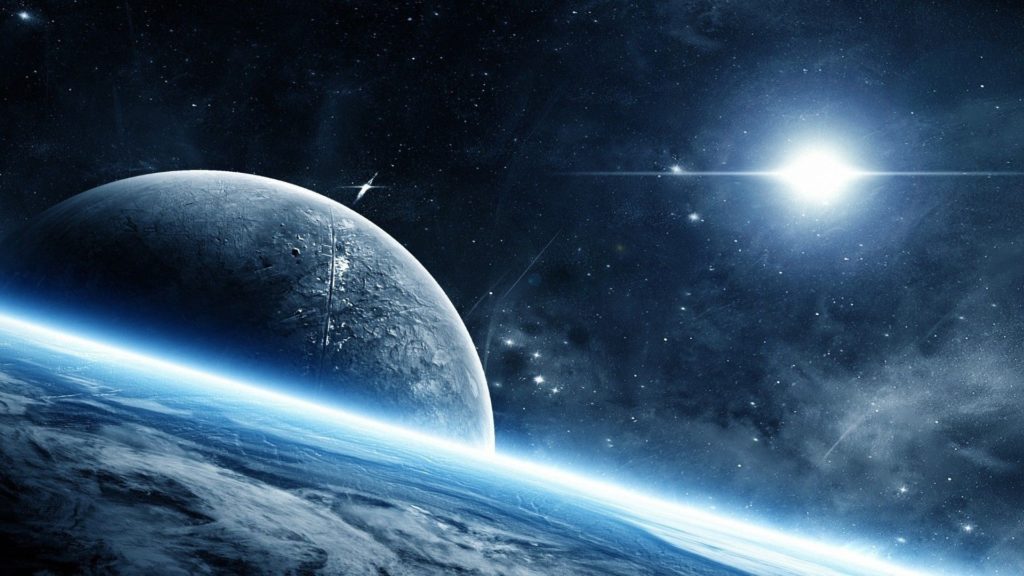Studying about universe is never been easy for us. Reading and writing articles, watching videos about outer and deep space is always a fascinating for those who are curious about astronomy and cosmology. This study involves studying everything beyond our atmosphere. This study includes studying planets, stars, galaxies, and other heavenly. bodies. This study includes vast galaxies, stars, planets and everything else in the cosmos. The universe is so vast that it is constantly expanding and which was first observed by Edwin Hubble in 1927
Scientists do researches the deep space beyond our galaxy and even farther away, as well as our planetary system and neighboring stars and galaxies. Cosmologist also study far-off objects like black holes, quasars, pulsars, neutron stars and supernovas using powerful advanced telescopes and other cutting-edge scientific equipment. This research helps in our comprehension of the universe’s formation and evolution as well as the basic principles of physics that governs it.
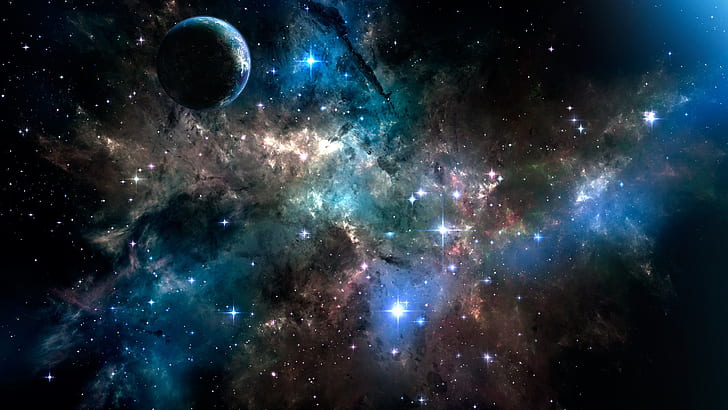
Deep Space has always been so much interesting for human being. The study of outer and deep space is a complex and challenging task. This branch of science requires a high level of expertise and advanced technology. Now due to the advanced technology our understanding about the universe is growing rapidly and those new technologies helping us to explore further and deeper.
Here is one of the recent discoveries that is ongoing for shaping our understanding of Outer Deep Space and even this might be the window to see the big-bang.
For this purpose we have one of the most exciting and advanced missions currently underway that is James Webb Space Telescope (JWST) which was launched on December 25, 2021, at 7:20 AM EST. This advanced JWST will be able to see deeper into the universe than any previous instrument.
The James Webb Space Telescope (JWST) which was launched from Europe’s Spaceport, French Guiana aboard by an Ariane 5 rocket. This incredible event was captured by a advanced camera which was fitted on the upper stage of the rocket. Another amazing view was the deployment of Webb’s solar array was also visible shortly after the launch.
The James Webb Space Telescope (JWST) is the largest, most advanced telescope in the history. It has larger size and richer infrared views Hubble allow it to go beyond Hubble’s Deep Field observations to see back over 13.5 billion years back to see the first formed stars and galaxies out of the darkness of the early universe.
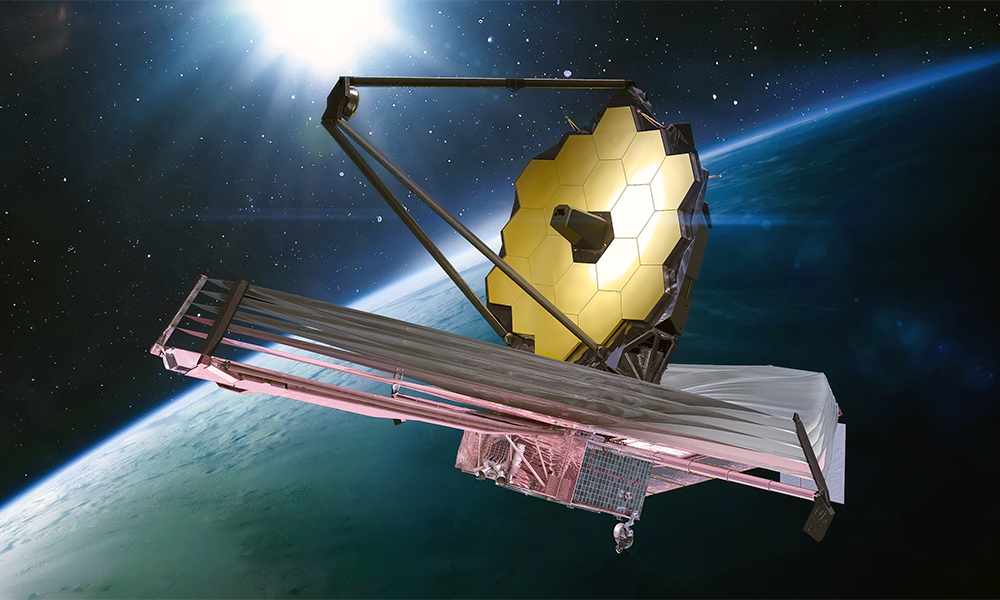
Astronomers are hoping that the data collected by the JWST will help to understand the universe better then ever before. This analysis will give us the new ideas about the stars, galaxies. Moreover, JWST will provide us how the universe evolved in its earliest stages and shed light on the mysteries of dark matter and dark energy which is completely mysterious till now.
Another exciting development in space exploration is the rising of private space companies. Companies like SpaceX and Blue Origin are developing reusable rockets that can more affordably for humans and payloads into space than ever before to make the space exploration simple and easier.
The spacecraft and the systems that we design build and operate have been a part of exploring every planet in our solar system and even farther a way. They have landed on Mars, done orbiting around asteroids, flown past Pluto and explored the Kuiper Belt.
The advanced integrated systems and instruments provide the power and protection needed for safely navigate through the difficult stage. The instruments we developed for these missions collect vital scientific samples and data and send them back to Earth. And on the ground. Mission support teams keep spacecraft flying and information flowing to scientists and engineers for analysis for the future purpose.
The experience and knowledge gathered from these robotic missions not only provides us with valuable data about outer space and our solar system. But it also informs a key goal of deep space exploration: sending humans to the Moon and Mars. This space exploration in the not-so-distant future and providing the infrastructure for a new space economy as we can see its advancing technology.
Exploring deep space requires the capability to transport cargo and crew beyond low Earth orbit, or farther than 2,000 kilometers beyond Earth. NASA is developing a new transportation system that includes a crew capsule, a heavy-lift launch vehicle, and supporting ground facilities and systems.
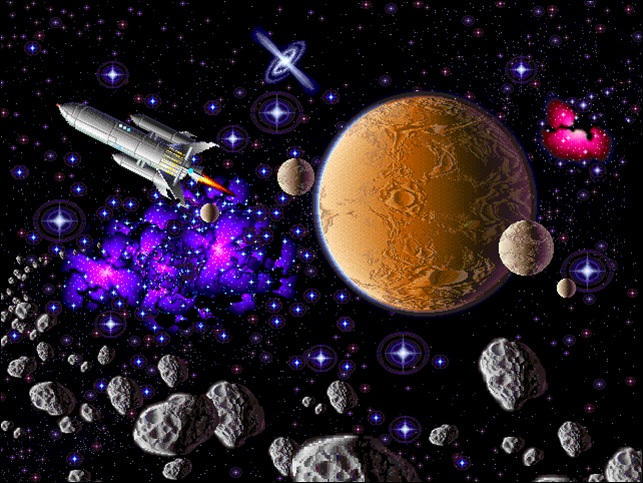
These private companies like SpaceX and Blue Origin are also helping us for developing new and advanced technologies for future missions such as the ability to mine resources on the moon or Mars to deliver to them to our earth, which could be used to sustain long-term human habitation in space.
Additionally, there are also ongoing missions which are still providing valuable data about our solar system and beyond. The Mars Curiosity rover is the example, has been exploring the surface of Mars since 2012 and has made numerous discoveries about the planet’s geology and history by analysis the data collect during its mission .
Another mission, The New Horizons mission, which flew by Pluto in 2015 and it revealed a surprisingly complex and diverse world that was very different from what scientists had expected previously.
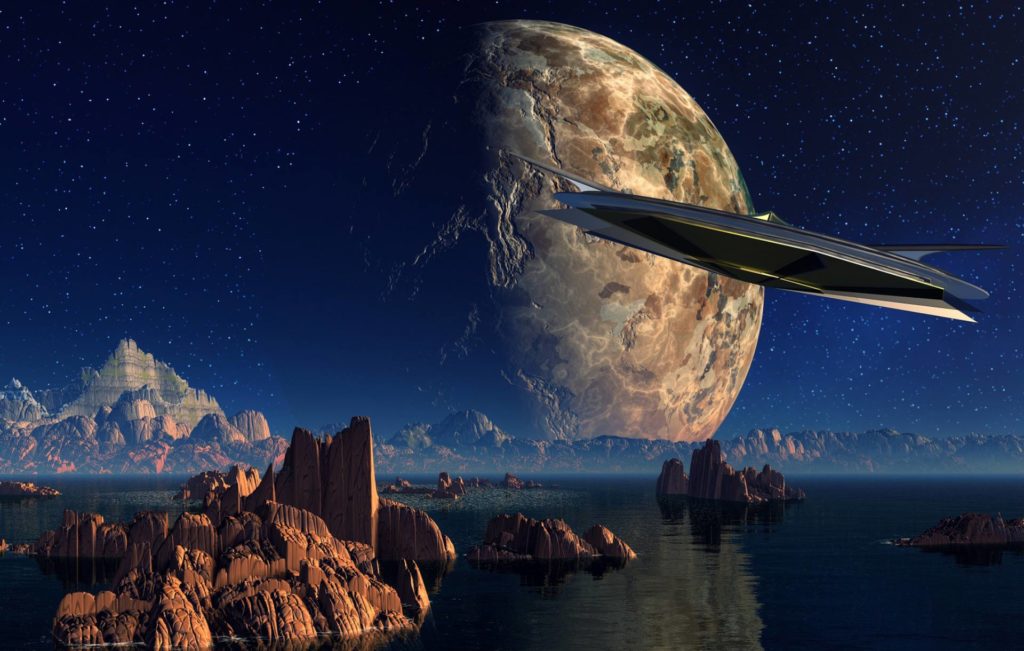
As scientists continue to study deeper and deeper about the outer and deep space, we will be finding new and unexpected things that challenge our understanding of the universe. We can stay informed about the exciting discoveries and ongoing adventures that are shaping our new views of the cosmos.
For the further achievement on deep space NASA’s has program of ‘Deep Space Exploration Systems’ that includes the crew vehicle, rocket and various spacecraft of the future that will enable the new missions to extend human existence across the solar system and beyond.
